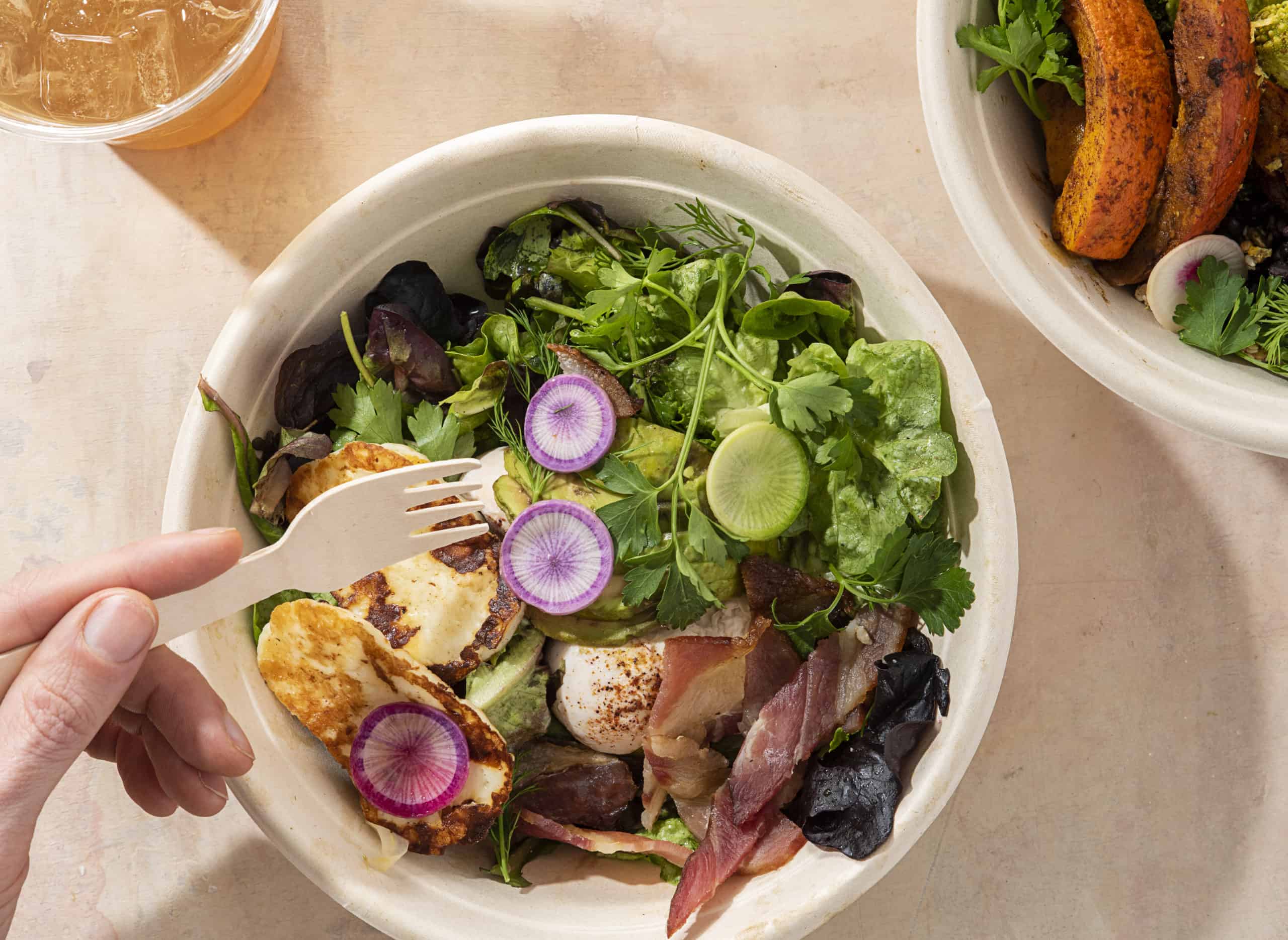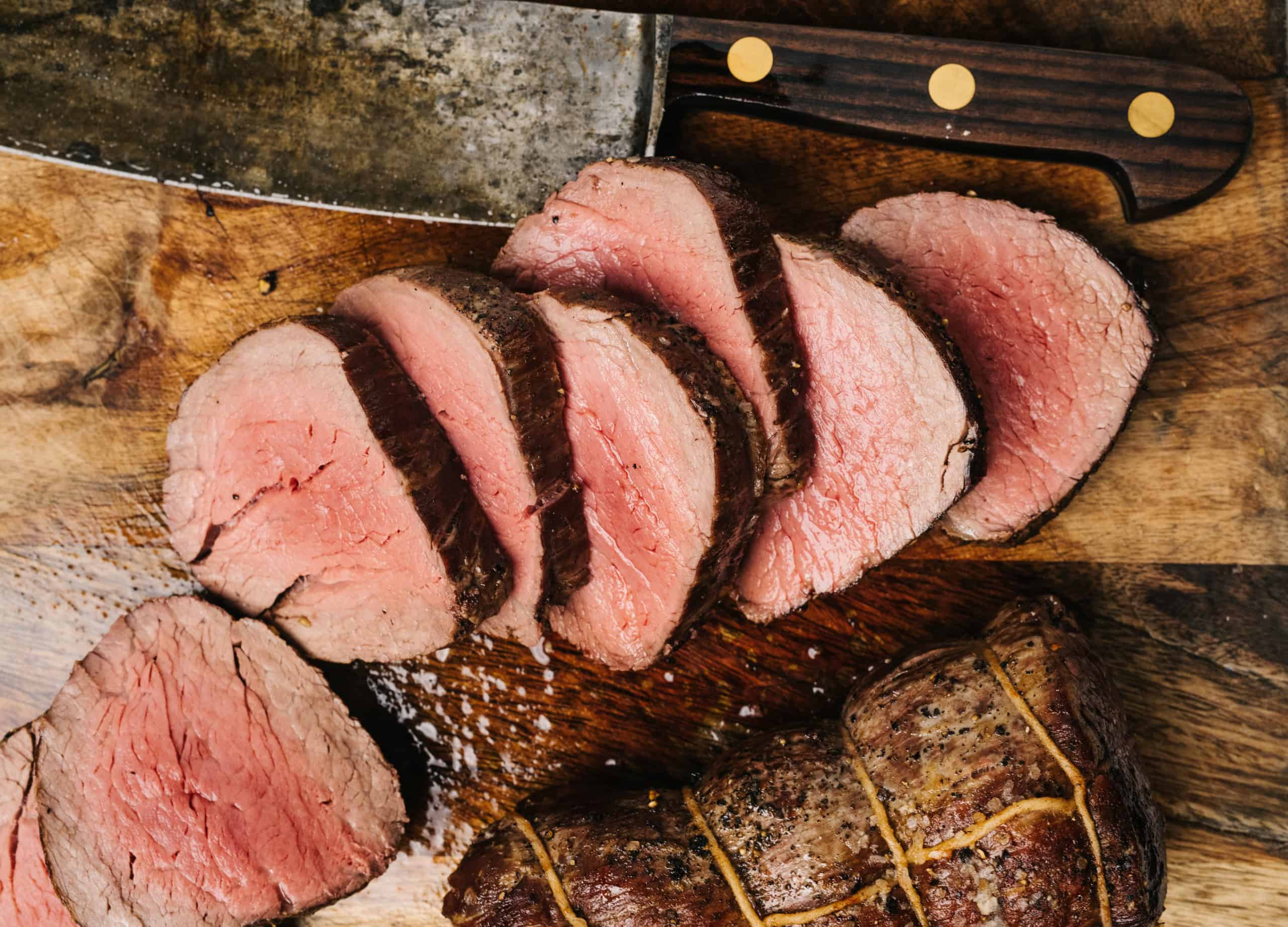- You can be both keto and vegetarian with the proper guidance, support, and education.
- There are health benefits to vegetarian keto, but also possible downsides like nutritional deficiencies, prep work, and sustainability.
- Food options for vegetarians are more limited on a keto diet, so we’ve gathered some recipes to help you out.
Vegetarian and keto don’t sound like two things that would go together.
Keto is a high-fat, low-carb diet commonly associated with animal products. Vegetarian diets are all about eating fruits, vegetables, whole grains, beans, and legumes, many of which are full of carbs.
Although challenging, it’s not impossible for the two diets to work together. We talked with Emily Rivelli, a certified health and wellness coach and certified nutrition and dietetics technician, to learn the basics of the vegetarian keto diet.
Rivelli explains how a keto vegetarian diet works, what you can eat, which recipes to try, and more.
Note: Consult with your health care provider before making dietary changes.
This is Chapter 5 of Noom's Guide to the Keto Diet:
- Empowering Your Wellness Journey: Exciting Updates to Noom
- The Noom Kitchen Cookbook: Healthy Living Secrets
- What is the ketogenic diet? Everything you need to know
- The ultimate keto food list
- Keto weight loss: FAQs and practical tips
- Not losing weight on keto? Here are 9 reasons why
- Vegetarian keto for beginners
- 67 easy, healthy keto recipes for weight loss
- 10 low-carb keto drinks for worry-free hydration
- Keto for women: Benefits, risks, and practical tips
Can you eat a keto diet as a vegetarian?
Yes, you can follow a ketogenic diet as a vegetarian, Rivelli says. But it takes a lot of planning.
To consume less than 50 grams of carbs per day (as keto typically requires), you’ll have to stick to vegetarian foods that are low in carbohydrates and/or high in fats. For example, low-carb fruits and vegetables, nuts, seeds, and plant-based oils.
Depending on the type of vegetarian you are, you may also be able to eat eggs, keto-friendly dairy products, and fish.
While it can be done, an important question is whether you should go this route. At Noom, we tend not to focus on diets that cut out entire food groups or macronutrients because they’re hard to sustain.
After all, the best diet is the one you’ll stick with long term (and that’s approved by your doctor). Whatever you decide, we’re here to support you.
A vegetarian keto food list for getting started
It can be tricky to find foods that are keto and vegetarian friendly. But there are options available to you, such as:
- Low-carb vegetables like bell peppers, mushrooms, leafy greens, brussels sprouts, cucumber, broccoli, and celery.
- Keto-friendly fruits (in small portions), particularly avocado and berries like strawberries and raspberries.
- Protein options such as tofu, tempeh, seitan, or wild-caught fish (for pescatarians) and eggs (for all vegetarians except vegans and lacto-vegetarians).
- Nuts and seeds like walnuts, almonds, pecans, flaxseeds, chia seeds, sunflower seeds, pumpkin seeds, and nut butters.
- Plant-based fats like olive oil, palm oil, coconut oil, and cocoa butter.
- Dairy products such as butter and hard cheeses (for all vegetarians except vegan and ovo-vegetarians).
Foods to avoid or limit on a keto vegetarian diet include:
- Grains like bread, cereal, pasta, quinoa, bulgur, and lentils.
- Beans and legumes (though soybeans have few enough carbs that they can occasionally fit into a vegetarian keto diet).
- Meat and poultry (except for occasional consumption if you’re flexitarian).
- Sugar, honey, and syrups (this includes sugary beverages).
- High-carb fruits and vegetables.
How to start a vegetarian keto diet
If you’re going to try vegetarian keto, Rivelli says you’ll need proper education, guidance, and support to be successful.
Start by learning the basics of keto while refreshing your knowledge about a vegetarian diet. See how the two can overlap while keeping in mind the nutrients and calories your body needs to function.
Don’t forget that, like any other dietary change, you shouldn’t transition to a keto vegetarian diet all of a sudden. You need to ease into the diet, give your body time to adjust, and set yourself up for success.
Go through the following checklist to get started on the right track:
- Evaluate your current diet and see how it compares to plant-based keto.
- Make a plan for what you’re going to eat as a keto vegetarian.
- Talk to your doctor or health care provider if that plan makes sense for your body and health needs.
- If you get the green-light, find a grocery store where you can buy keto vegetarian-friendly food and any supplements you might need. (Some stores have more of these options than others.)
- Set up a transition plan, like replacing just a few foods at a time. (For example, you could start by eating keto vegetarian for just breakfast.)
- Monitor the transition alongside your medical provider based on how your body is feeling.
- Fully transition to a keto vegetarian lifestyle after a few weeks if all goes well in the transition period.
- Check in with your body and doctor regularly to make sure you don’t have any side effects.
And remember, this can be a challenging diet. Put in place a support system of family members and friends who will encourage you along the way.
What are the pros and cons of vegetarian keto?
Research specifically around keto for vegetarians is very limited. But on their own, a vegetarian diet and a keto diet each have unique benefits and drawbacks to consider.
The pros
Studies indicate that either a keto or plant-based diet can lead to weight loss. However, these dietary options alone don’t guarantee results on the scale. You’ll still need to maintain a calorie deficit in order to lose weight.
Some research also suggests that the keto diet is effective for treating obesity and Type 2 diabetes as well as promising for chronic conditions like Type 1 diabetes and cancer.
Meanwhile, a plant-based diet could help with everything from treating and preventing Type 2 diabetes to lowering the risk of heart disease and related issues.
Lastly, keto is considered a high-fat diet, with fat comprising 70 to 80% of your daily caloric intake. And saturated fats can increase your cholesterol levels and the likelihood of heart disease and stroke.
If you’re only eating vegetarian foods, you’ll likely consume fewer saturated fats than traditional keto. So a plant-based keto approach could lessen the chance of future health issues.
The cons
Following a vegetarian keto diet also comes with a few downsides and logistics challenges.
Keto sometimes causes a so-called keto flu, which are symptoms like headaches and fatigue that some people have after starting the diet. There may also be stomach and gas issues from cutting out fiber-rich foods that help digestion. Other possible issues with keto include kidney stones and weight regain.
Nutritional deficiencies are another challenge with both keto and vegetarian diets.
“Both keto and plant-based dieters are at a higher risk for nutritional gaps such as vitamin and mineral deficiencies due to food group exclusions,” Rivelli says.
Because you are cutting out many food groups, maintaining ketosis on a vegetarian diet can open you up to further deficiencies. So it’s important to talk to your health care provider about adding supplements to your diet.
On top of the health concerns, eating a keto vegetarian diet is hard because the options are more limited. Grocery store shopping can be time-consuming. You may miss your favorite flavors and foods.
You’ll need to carefully research and double-check vegetarian and keto product food labels to make sure they fall within the guidelines for both diets.
And Rivelli notes that long-term, a vegetarian keto diet is hard to keep up.
“There are a lot of foods that you cannot eat on both keto and vegan and vegetarian diets. Together, you are eliminating and limiting a lot of foods,” Rivelli says. “When you think about sustainability, that would be really tough in both the short and long term.”
15 tasty keto vegetarian recipes to try at home
With so many dietary guidelines to follow with a vegetarian keto diet, it can be a challenge to get creative in the kitchen. We’ve put together a list that has you covered for breakfast, lunch, and dinner.
Keto vegetarian breakfast recipes
Whether you’re looking for a quick bite to kick off the morning or you have time to cook up a storm, you have options.
Omelette roll-up from BBC Good Food (133 calories and 2 grams of carbs per serving).
Avocado smoothie from Chocolate Covered Katie (71 calories and 3.3 grams of carbs per serving).
Low-carb cream cheese pancakes from Hurry The Food Up (388 calories and 3 grams of carbs per serving).
Keto vegetarian lunch recipes
Tired of having the same old lunch every day? Mix it up with something as simple as a veggie-packed or even a vegetable-based risotto.
Vegetarian keto club salad from Ruled.me (330 calories and 4.83 grams of carbs per serving).
Vegetarian keto burritos from KetoDiet (385 calories and 9.3 grams of carbs per serving).
Keto caprese cauliflower risotto from Keto Vegetarian Recipes (207 calories and 8 grams of carbs per serving).
Keto vegetarian dinner recipes
End the day with a delicious dinner dish you’ll love—from a cheesy casserole to a creamy pasta alternative.
Zucchini noodles with pesto from Sweet As Honey (275 calories and 4.2 grams of carbs per serving).
Low-carb hatch chile rellenos casserole from What A Girl Eats (303 calories and 7 grams of carbs per serving).
Eggplant rollatini with creamy spinach cheese filling from LowCarbSpark (212 calories and 9 grams of carbs per serving).
Keto vegetarian dessert recipes
Looking for a sweet treat to end the day? There are some delicious options in store for you—from cookies to popsicles.
Almond flour peanut butter cookies from The Healthy Kitchen (115 calories and 7 grams of carbs per serving)
Keto coconut popsicles from Sweet As Honey (259 calories and 1.4 grams of carbs per serving)
Keto brownie bombs from Chocolate Covered Katie (51 calories and 2.6 grams of carbs per serving)
Keto vegetarian snack recipes
If you need a pick-me-up between meals, there are several keto vegetarian snack options you can whip up for the day to munch on.
Roasted pumpkin seeds from BBC Good Foods (36 calories and 3 grams of carbs per serving).
Almond pulp crackers from Running To The Kitchen (107 calories and 3 grams of carbs per serving).
Homemade baked salt and vinegar kale chips from Wholesome Yum (70 calories and 5.4 grams of carbs per serving)
Looking to lose weight with plant-based keto? Noom can help
A vegetarian keto diet is no easy feat. But there are programs out there to make the journey easier for you to stick with.
Noom Weight can work alongside your keto vegetarian lifestyle to offer support along the way to your wellness goals—from food logging to community support and coaching (and everything in between).
Learn how to use Noom while on vegetarian and keto diets, and try it for yourself today.





